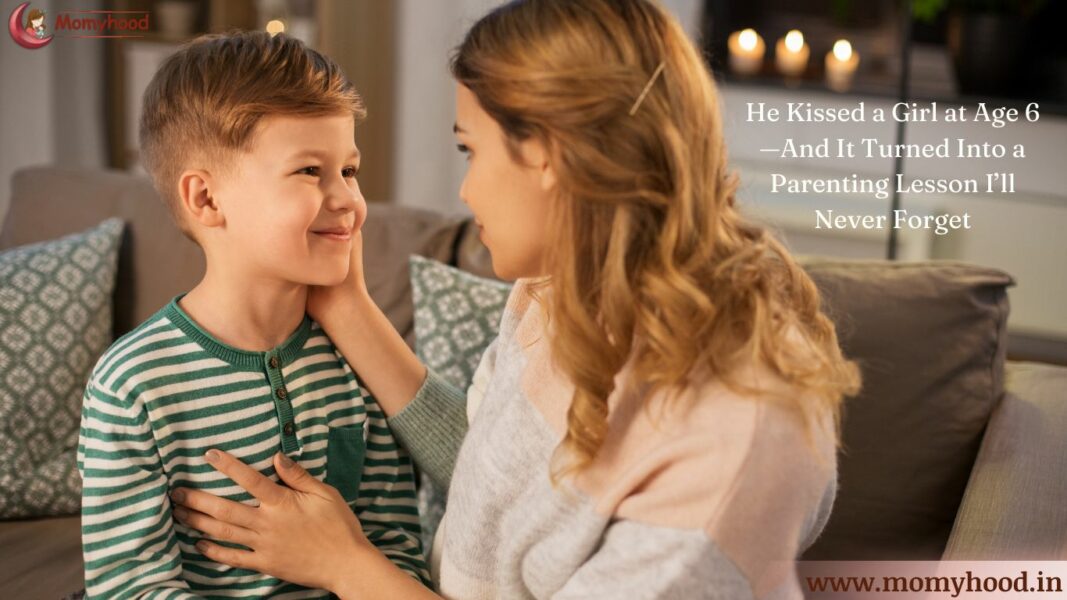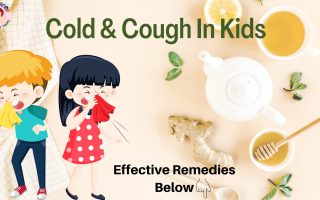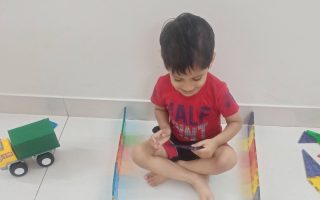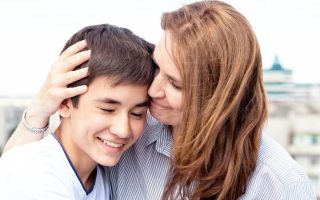Teaching consent to kids isn’t always about serious lectures or scripted talks. Often, it begins in the tiniest, most unexpected parenting moments—when your child does something innocent yet significant… and suddenly, your heart knows: This is a teaching moment.
The other day, I had one of those moments with my 6-year-old son, Hitarth. He did something that touched me and melted my heart.
He kissed a girl his age because she had gotten hurt. Not out of mischief, not with any wrong intent, not because he was copying something—but purely out of care. He felt her pain and wanted to comfort her. It was his pure, little heart reacting with empathy, in the only way it knew how.
And honestly? My first emotion was pride.
It showed me how deeply empathetic he is—that his first instinct when someone was in pain was to comfort them. He didn’t laugh, ignore, or walk away. He cared. And he showed it.
But right after that pride came a soft inner voice that said:
This is your chance to start teaching consent to kids—a foundational life skill.
A Simple Conversation, A Powerful Lesson
So I sat beside him that night and said:
📣 Loved what you read? Want to go deeper into conscious parenting? ✨ The Power of Manifestation in Parenting is now available — A soulful guide packed with real-life tools like affirmations, energy shifts, and sleep talk that I personally use with my son, Hitarth. 💛 Start your journey toward calmer, connected parenting today. 🎉 Launch Offer: Only ₹99 (limited-time price!) 📲 Instant download. No waiting. 👉 Grab your copy now!.
“Hitarth, I love how kind you are. It’s wonderful that you care when someone gets hurt. That’s what makes you special. But sometimes, people may not feel okay with being kissed—even if it’s out of love. Next time, you can ask, ‘Are you okay?’ or say something kind, or even give a high five. That’s also a beautiful way to show you care.”
He listened—with those wide, understanding eyes only a child has when they feel safe and respected.
The Innocent Questions Begin
Then came his question:
“Can I ask them if I can kiss?”
And just like that, the conversation turned from a moment of affection into something deeper:
A gentle, age-appropriate discussion about boundaries, emotional safety, and how to express love respectfully.
I replied:
“No beta, we shouldn’t ask for a kiss, because not everyone feels okay with it—even if we ask politely. There are better, more comfortable ways to show someone we care. Like saying something sweet, offering help, or just being there for them.”
Also read: 5 Things I Tell My Child Every Day (That Are Secretly Shaping His Mindset)
“Can I Kiss Aadi?”
He asked, “Can I kiss Aadi? He’s small, and I love him a lot.”
Aadi is our neighbor, a younger child Hitarth adores. They’re very close, and often play together like brothers.
I paused for a moment and then gently said:
“Yes, you can kiss Aadi—but only if he is okay with it. Some children are fine with it, some are not—and that’s okay. But remember, we don’t kiss other kids, even if they’re younger—whether they’re a boy or girl. Because everyone has the right to feel safe and comfortable.”
This is where parenting and child autonomy go hand in hand—it’s not about shaming love, but shaping it into safe expressions of affection.
“Can I Hug Them Then?”
His next question was the sweetest puzzle piece:
“Can I hug them?”
And I responded,
“Yes, hugs are okay, but only if the other person says it’s okay. We always ask or look for signs if the other person is comfortable. We never force a hug or a kiss—even out of love.”
That moment was more than just about hugging or kissing—it was about child consent education. I could see him processing every word. I knew he may not fully understand it all today, but the seed was planted.
What This Moment Taught Me as a Mom
This little interaction reminded me:
Teaching consent to kids isn’t about stopping affection. It’s about guiding it with empathy, respect, and understanding.
💛 Love isn’t wrong.
💛 Expressing it isn’t wrong.
But understanding how to express it safely and respectfully? That’s what we, as parents, must guide them through.
That day, I didn’t just teach him about hugging or kissing.
I taught him about:
-
Personal space and emotional comfort
-
Respecting feelings of others
-
Safe touch vs. unsafe touch
-
The importance of asking before physical interaction
Teaching consent to kids helps them grow into emotionally responsible individuals who understand respect beyond just rules.
Consent Is Also About Self-Awareness
As I reflected later that night, I realized that teaching consent to kids isn’t just about one conversation—it’s about nurturing their ability to recognize their own boundaries too. When we talk to children about asking before hugging or kissing someone, we’re also indirectly teaching them that they have the right to say no, to protect their own space, and to speak up when something doesn’t feel right. These small, everyday talks build lifelong emotional strength, body autonomy, and a deep respect for others and themselves.
How to Start Teaching Consent to Kids
At six, our children are full of emotion, affection, and curiosity. It’s our role to:
-
Validate their feelings without shame
-
Explain boundaries without fear
-
Nurture kindness without letting it cause discomfort to others
- Teaching consent to kids means modeling respectful behavior in your own interactions, every single day.
These moments are part of a larger journey of teaching body boundaries to children, helping them grow with emotional intelligence, compassion, and mutual respect.
Related read: Growing Kids and Boundaries: Teaching Consent By Age and Stage
A Lesson for All of Us
Whether it’s a kiss, a hug, a touch, or even a compliment—these are moments where children learn how to be human.
And as parents, we are their first teachers in teaching consent to kids—the ones who shape how they understand love, comfort, and respect.
So the next time your child asks you a question like,
“Can I kiss them if I ask?”
Don’t rush to say no in fear or anger.
Pause. Sit beside them.
Use that moment as a door—to shape a heart that knows how to love kindly, respectfully, and responsibly.
Remember, teaching consent to kids isn’t a one-time conversation—it’s a series of ongoing moments filled with empathy, clarity, and trust.
Because that’s the kind of love the world truly needs.
Your comments and shares do more than just support our blog—they uplift the amazing moms who share their stories here. Please scroll down to the end of the page to leave your thoughts, and use the buttons just below this line to share. Your support makes a big difference!



